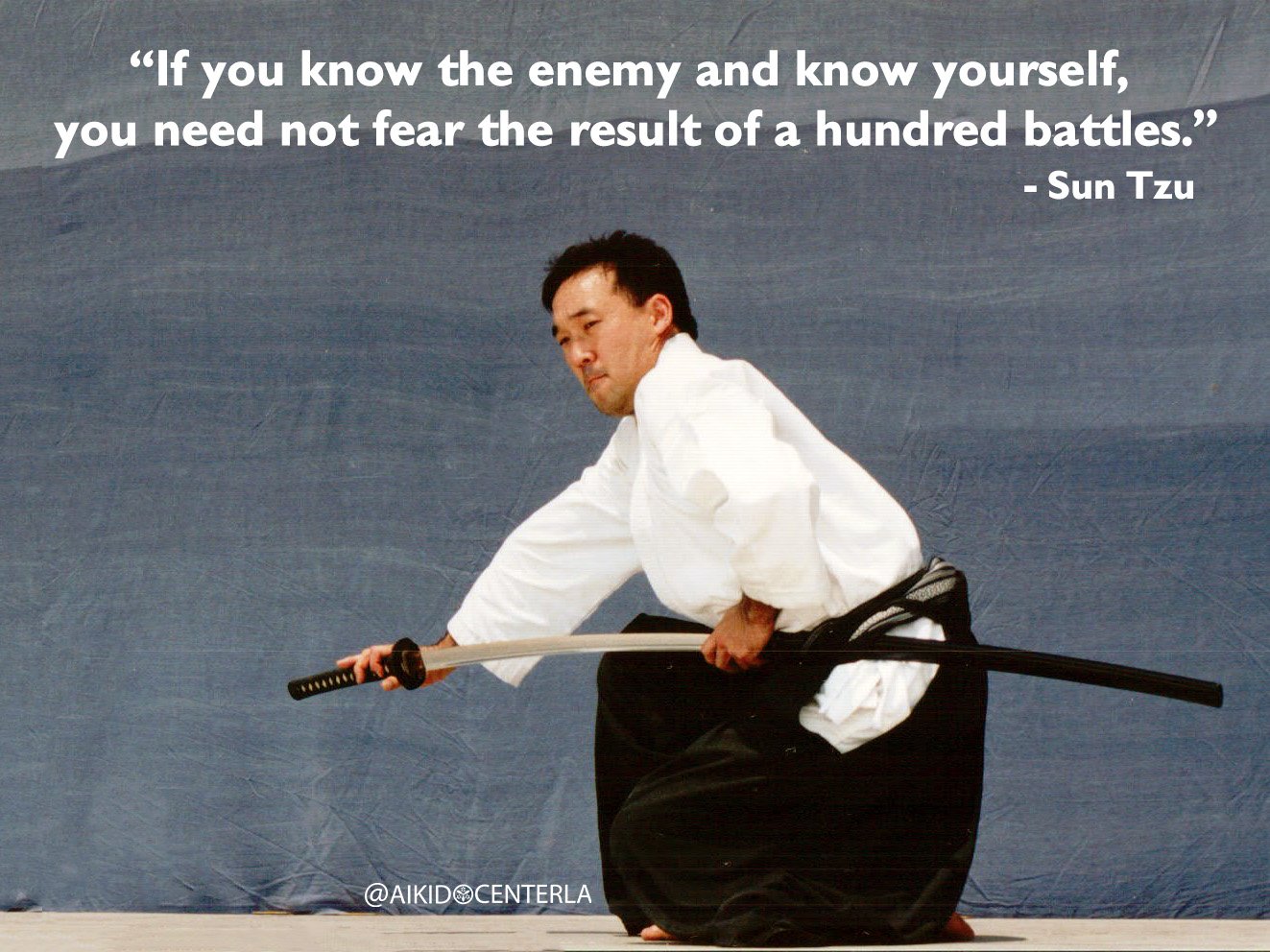Editor's note: This article originally appeared in the Spanish language magazine El Budoka. Translated by Santiago Garcia Almaraz Sensei. Read it here: La Atencion Plena
“A real man does not think of victory or defeat. He plunges recklessly towards an irrational death. By doing this, you will awaken from your dreams.” - Yamamoto Tsunetomo, Hagakure
The end of year always reminds me of the fragility of life. Maybe it is the cold or maybe it is the changing of the year. Regardless, it is easy throughout the year to think that we have time, and that life will never end. Experienced practitioners of Budo know that life is tenuous and through their training, they learn how to appreciate life.
About 15 years ago, I was approached to appear on an episode of the TV show, 1000 Ways to Die. In the interview, a producer asked me, “Why do the samurais love death?” I replied, “A samurai does not love death and in fact, a samurai learns how to live by appreciating the eventuality of their death.” That is not what they wanted to hear and thus, I did not get the part.
This TV show propagated one of the most popular misconceptions about the samurai - that they glorified death. The producers were not alone, and it seems completely logical that a person who engages in violence would somehow love it. However, nothing could be farther from the truth. The samurai were actually a sad lot who found themselves employed to do what society deems to be its most abhorrent act - killing. In fact, Japanese society thinks of blood or dead bodies as impure substances and thus anyone handling them would be deemed “unclean.” Regardless of the context of their job, a samurai does what needs to be done, but that doesn’t mean that they have to like it, let alone love it.
A samurai’s vocation dealt with death and dying but somehow, they learned how to live by accepting the fact that they were going to die. One way they could have done this was by engaging in mindfulness which is brought about by the act of appreciation.
Mindfulness is defined as “a mental state achieved by focusing one's awareness on the present moment.” However, being mindful is easier said than done. One cannot just wish to be mindful or just say that they are in a state of mindfulness. Mindfulness is something that has to be cultivated and practiced.
One hint about how to achieve mindfulness could come from a quote by The Buddhist monk Takuan Soho. Takuan was an advisor to the prolific swordsman Miyamoto Musashi. Takuan said, “Sever the edge between before and after.”
The interval between before and after that Takuan is possibly talking about is this one moment. If we cleave off the moments before and chop off the idea that there will be moments afterwards then we are left with just this one moment. The past moments can attach themselves to the present moment, but they can be thought of as illusions that may or may not have even happened. The future moments cannot be predicted thus they are merely also just illusions. In a sense, those moments before and after this single moment are not tangible and thus, we cannot be certain that those moments ever really existed or will ever come into fruition. Understanding this, we come to realize that as human beings, we are only guaranteed this moment.
To understand appreciation we can look at the Japanese concept of mono no aware (物の哀れ) or being able to “appreciate the fleeting nature of beauty.” An author on osusumebooks.com referred to mono no aware as “an awareness of the impermanence of things, and the powerful emotions that stirs within us. A sad kind of beauty, or pathos, from our awareness of both the transient lives we lead and the moments contained in them.” When we realize that we are going to die, we see the beauty in living. There is a great quote from the movie Troy that basically sums up mono no aware. Achilles says, “The Gods envy us. They envy us because we're mortal, because any moment might be our last. Everything is more beautiful because we're doomed.” Therefore, there is a beauty in knowing that we are going to die if we can only see it as such.
With this thinking, every day in class, we are closer to mindfulness and appreciation than we know it. In the Japanese martial arts, we say, “rei ni hajimari, rei ni owaru” (礼に始まり礼に終わる) which means “Everything begins and ends with respect.” Every day, we bow to thank our partners. This act of giving respect is nothing more than showing someone our appreciation. The secret is that the act of appreciation enables us to savor the moment because to engage in appreciation can only happen when we are mindful. That is why the martial arts are way more than just a method to kill people. True martial arts teach us how to live. That is why Rev. Kensho Furuya used to say, “true budo does not kill” or “shinmu fusatsu” (真武不殺).
When something is precious to us, we learn to appreciate it. Actively stopping to appreciate something gives us that moment back. The year is almost over but our lives might not be. Death is just means to an end. Living is hard work. That is why the Japanese say, seihakatakushihayasushi (生は難く死は易し) or “living is difficult; dying is easy.”
A good martial artist, like a samurai, knows how to live because they appreciate that they are going to die. Therefore, they savor this moment. We are only guaranteed this one. There is still time left in 2023. Don’t waste it. Appreciate it.





















